8 Animals Facing Extinction Because of Traditional Chinese Medicine
Some animals have it rough—they not only dodge predators or deal with habitat loss but also land on the ingredient list for traditional Chinese medicine. Curious which creatures are caught in this strange and unfortunate fate? We listed a few animals facing extinction because of medicinal demand, breaking down the myths, the market, and what’s at stake.
Tigers
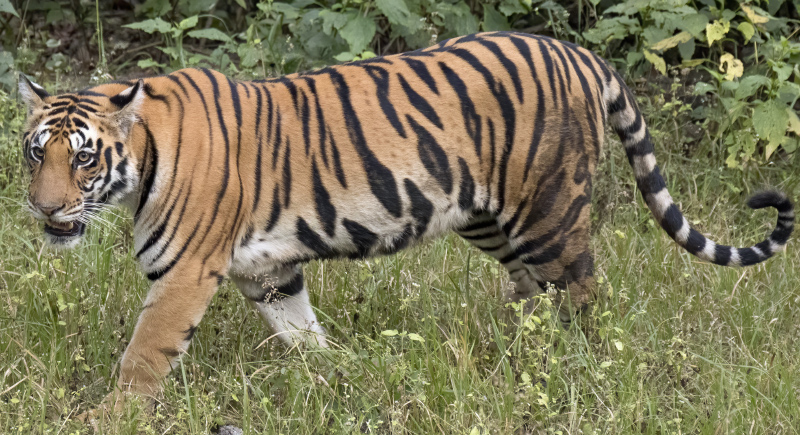
Credit: Wikimedia Commons
Tigers are killed for their bones, which are steeped in alcohol to make tiger bone wine—supposedly a cure for arthritis and joint pain. Some even believe that tiger parts boost strength and virility despite zero scientific proof. The demand is so high that tiger farms exist to supply the trade, which only worsens poaching.
Seahorses
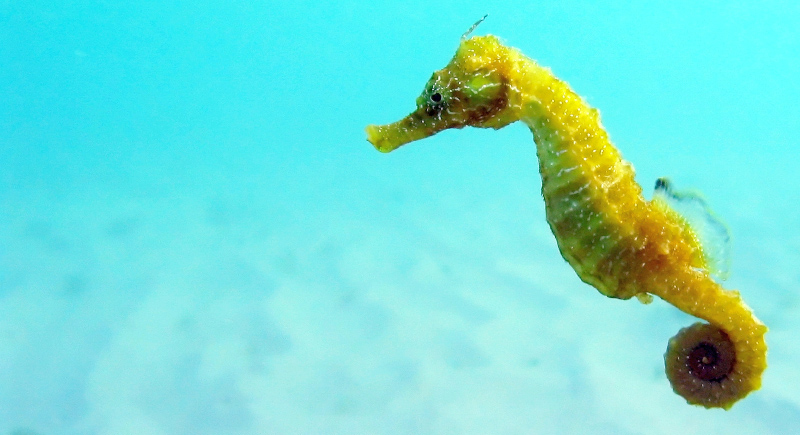
Credit: Wikimedia Commons
Seahorses may look like mythical creatures, but reality isn’t so magical for them. Dried and ground into powder, they heal everything from asthma to impotence. They’re one of the few species where males carry the babies. Unfortunately, that unique trait doesn’t protect them from overfishing.
Chinese Cobra
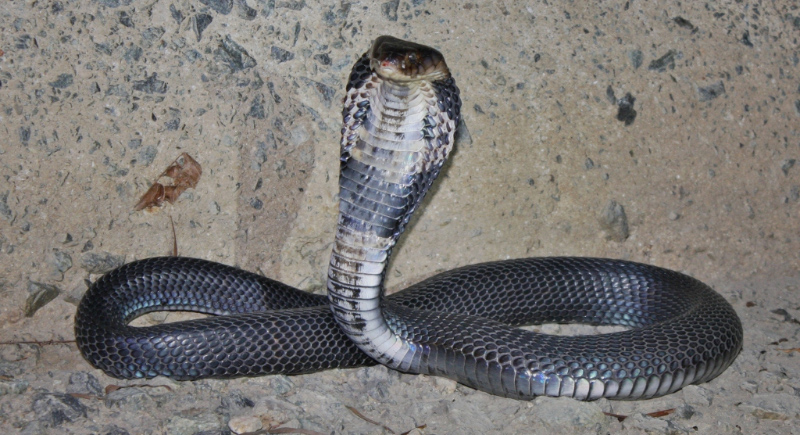
Credit: Wikimedia Commons
Chinese cobras are hunted for their gallbladders, blood, and skin. These parts treat arthritis, joint pain, and even vision problems. Some believe snake bile improves digestion, while snake wine—a cobra soaked in alcohol—is sold as a cure-all. There’s no scientific backing, but the trade thrives and leaves their wild populations at risk.
Sun Bear
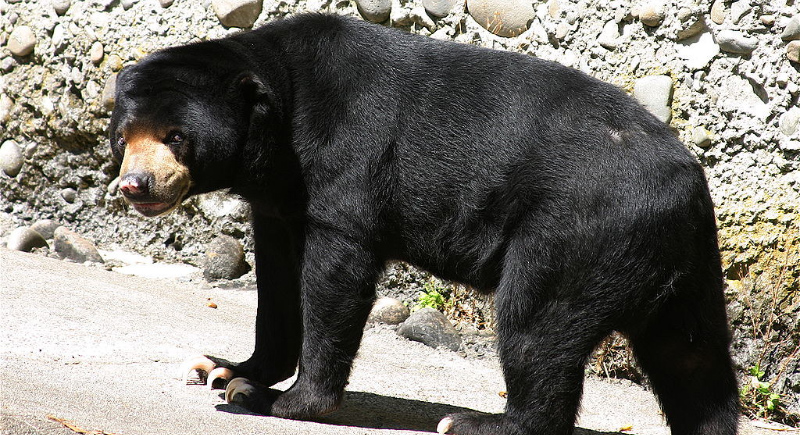
Credit: flickr
Sun bears suffer one of the worst fates. Their bile, extracted from live bears in cramped cages, is used for liver disease, gallstones, and inflammation. The active ingredient, ursodeoxycholic acid (UDCA), can be made synthetically, yet bear bile farms continue to operate and keep these animals in torturous conditions for years.
Asian Elephant
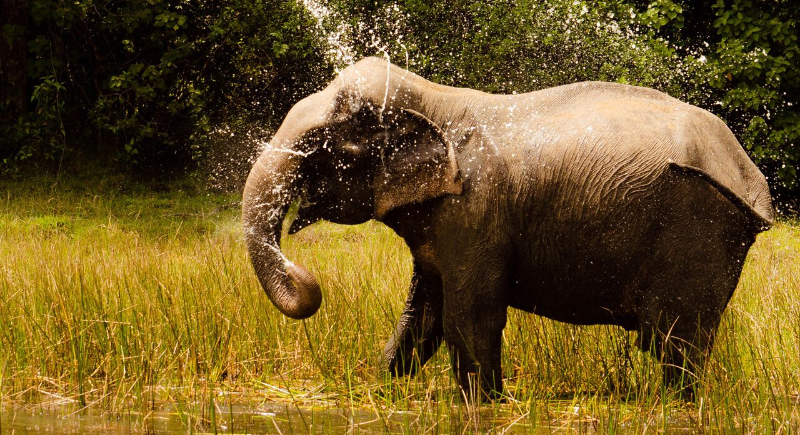
Credit: Wikimedia Commons
Asian elephants are targeted for their skin, ground into powder, and sold as a treatment for skin conditions. Some also believe elephant parts can improve circulation and boost energy. Unlike their African relatives, Asian elephants have smaller herds, which makes poaching even more devastating.
Pangolins
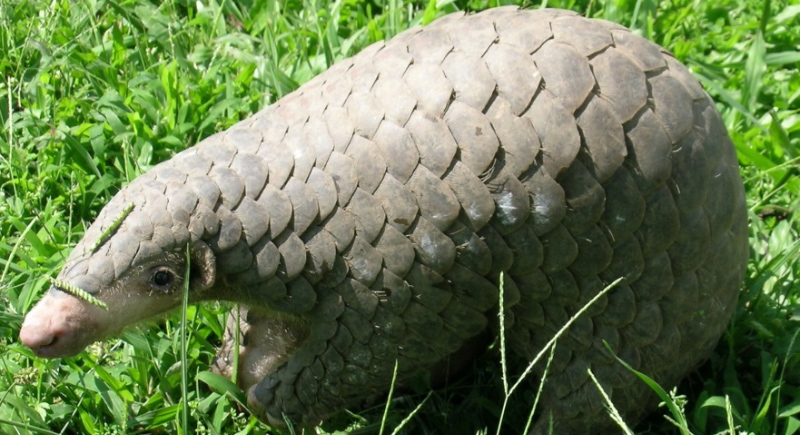
Credit: Wikimedia Commons
Pangolins are among the most violated mammals due to their scales. Traditional medicine claims that their scales can cure arthritis, poor circulation, and even cancer—despite being made of keratin, just like human fingernails. Their meat is also considered a delicacy, which furthers their decline.
Giant Salamanders
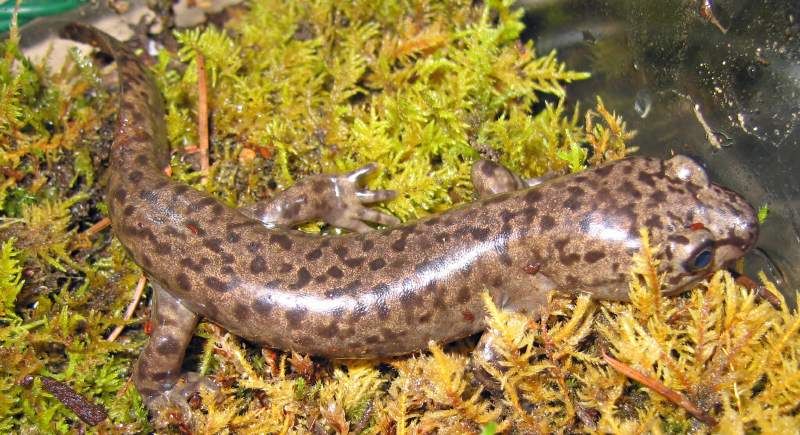
Credit: Wikimedia Commons
The largest amphibians in the world, giant salamanders, are hunted for their meat. It is believed to boost longevity and lessen inflammation. Some also think their body parts can help with skin conditions. Poaching and habitat loss have driven their numbers dangerously low, and conservation efforts haven’t been enough to replenish wild populations.
Elongated Tortoise
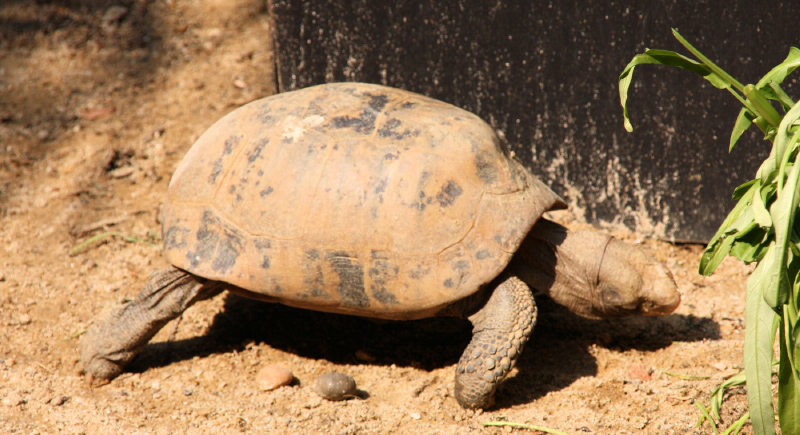
Credit: Wikimedia Commons
Elongated tortoises are caught and butchered for their meat, which some believe has cooling properties and can take care of high blood pressure. Their shells are also used in traditional remedies. These tortoises are disappearing fast due to overhunting and habitat destruction. Unlike many reptiles, they don’t lay large clutches of eggs, which makes it hard for populations to recover.
Chinese Alligator
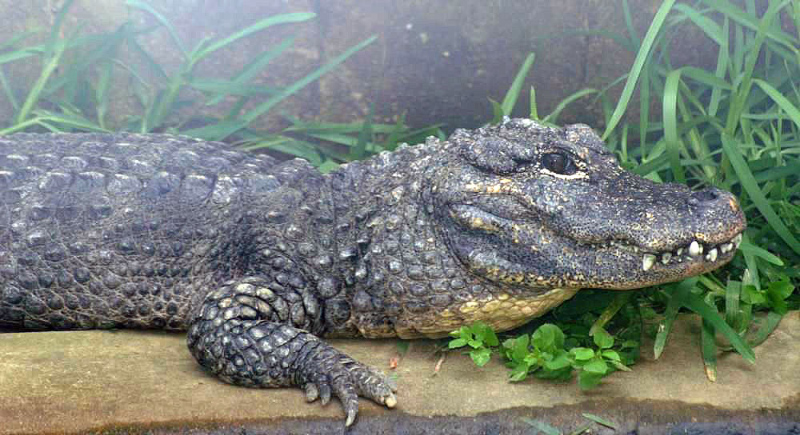
Credit: Wikimedia Commons
Chinese alligator meat is used in soups to boost the immune system and tend asthma. Some also claim that alligator parts help with joint pain and digestion. With fewer than 150 left in the wild, they are one of the world’s rarest crocodilians. Conservation programs exist, but illegal hunting still threatens wild populations.
Leopard
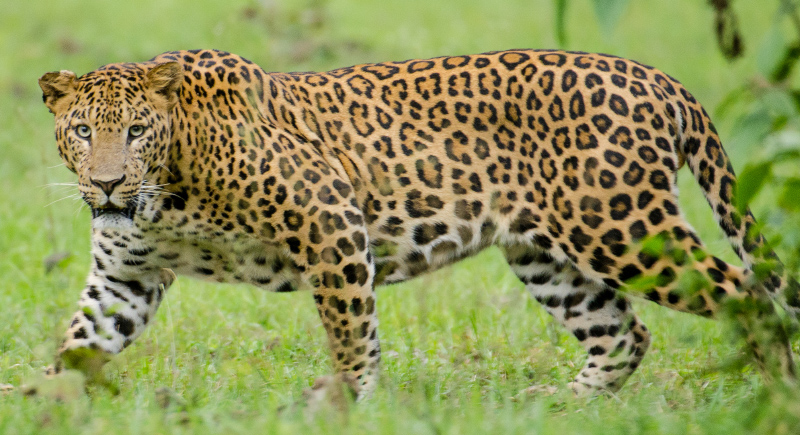
Credit: Wikimedia Commons
Leopards are poached for their bones, which are used as a substitute for tiger bones. Believed to minimize arthritis, weakness, and fractures, their parts have fueled a dangerous black market trade. Some regions have lost up to 75% of their leopard populations.
Four-eyed Turtle
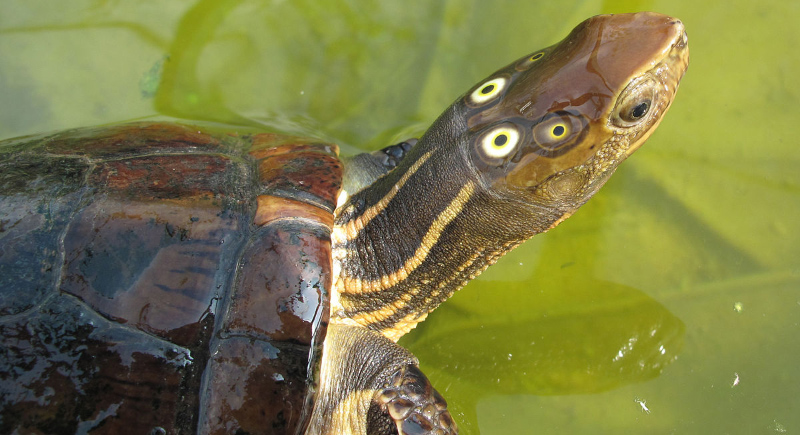
Credit: Wikimedia Commons
This rare turtle gets its name from the distinctive eye-like markings on its head. Traditional medicine values its shell and body parts for treating respiratory illnesses and boosting kidney function. Captive breeding programs help, but as long as people think turtle powder is medicinal, illegal hunting won’t stop.
Rhinoceros
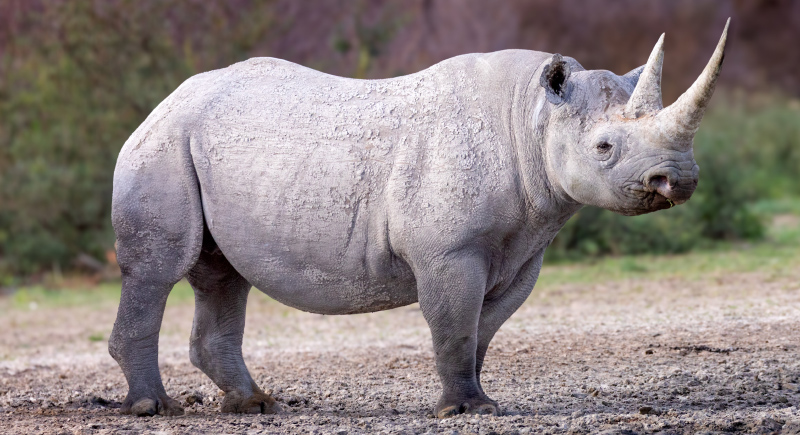
Credit: Wikimedia Commons
Rhinos are killed for their horns, ground into powder, and sold as a remedy for fever, gout, and even cancer. But, like pangolin scales, their horn is just keratin—no different from human fingernails. Conservationists are using armed patrols, dehorning programs, and synthetic alternatives to stop the slaughter.
Saiga Antelope
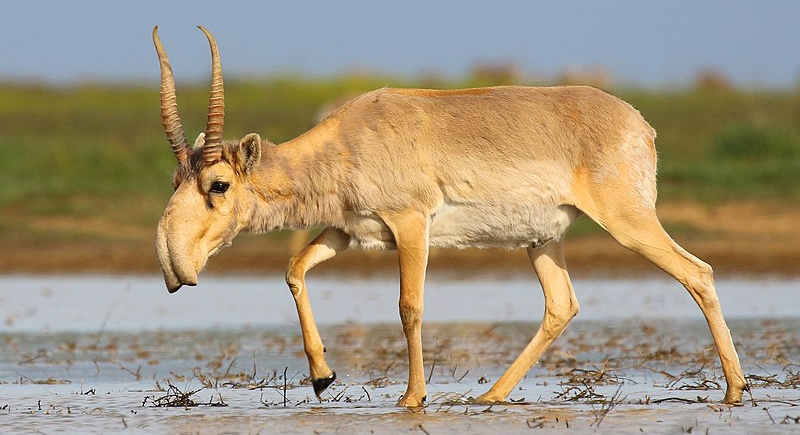
Credit: Wikimedia Commons
Saiga antelope’s horns are used to eliminate fever and detoxify the body. The demand has nearly wiped out male saigas, thus making breeding difficult and causing a population crash. Disease outbreaks and climate change add to their struggles. There are plenty of actual fever reducers, and none involve driving an ancient antelope to extinction.
Chinese Three-striped Box Turtle
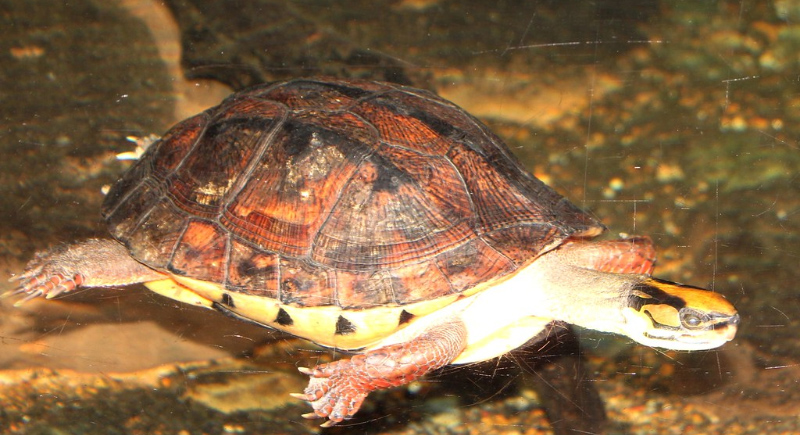
Credit: flickr
Slow-moving but incredibly rare, the Chinese three-striped box turtle is often called “the golden coin turtle” due to its high value. It is believed to bring good fortune and cure illnesses and is one of the most trafficked turtles in the world. Even breeding programs struggle to keep up.
Asiatic Black Bear
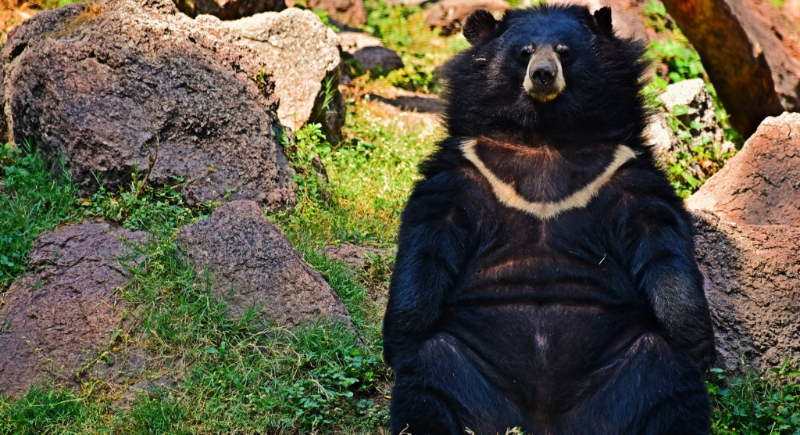
Credit: Wikimedia Commons
Asiatic black bears are targeted for their bile, which is extracted and used in traditional Chinese medicine to treat liver disease, gallbladder issues, and even eye infections. Farms keep bears in tiny cages while they endure painful extractions for years. Some are illegally hunted in the wild, further depleting their population.